Winter is coming and it’s time to start thinking about how to protect your garden beds from the cold weather. If you live in an area where winter temperatures can drop below freezing, then you will need to take some steps to insulate your garden beds. In this article, we will answer some common questions about winterizing garden beds and provide some helpful tips on how to get the job done!
What Is Winterizing A Garden?
Winterizing a garden simply means taking steps to protect your plants from the cold weather. This can include things like covering them with mulch or straw, wrapping them in burlap, or moving them indoors. If you live in an area where temperatures regularly drop below freezing, then winterizing your garden is a must![3]
Know your USDA plant hardiness zone
The first step to successfully overwintering your plants is to know your USDA plant hardiness zone. This will give you a good idea of what plants are likely to survive the winter in your area. If you don’t know your zone, you can find it here. Once you know your zone, you can start looking for plants that are known to be winter hardy in that zone.
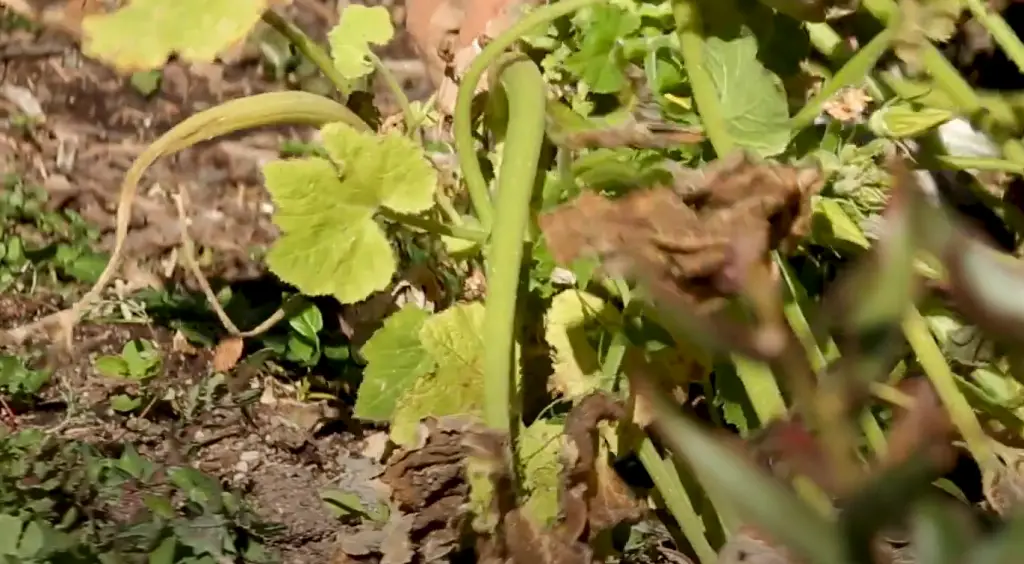
Some gardeners like to take their chances with cold-sensitive plants, covering them with blankets or other insulating materials when frost is forecast. This can be effective if done properly, but it’s important to remember that not all plants are created equal. Some (like succulents) are much more sensitive to changes in temperature than others.[4]
Pull Spent Plants from Raised Beds and Compost/Discard
This is an important step in the winterizing process, as it allows you to remove any diseased plants and debris from your garden beds. It also gives you a chance to start fresh in the spring! To pull spent plants, simply grab them at the base and give them a good yank. If they resist, you can use a small shovel or spade to loosen the soil around them before pulling. Once they’re out, compost or discard them according to your local regulations.
If you have annual plants in your garden beds (such as zinnias or impatiens), you’ll want to pull these too. Annuals only last one growing season, so there’s no point in leaving them in over winter.[2]
Remove and Store Plant Supports
If you have any sort of cages, lattices, or tomato stakes in your garden beds, now is the time to remove them. These can all become hazards during a winter storm. Once they’re removed, store them somewhere safe and dry until spring.[2]
Smooth & Top-Dress Soil Surface of Raised Bed for Next Year
The soil surface of your raised bed can take a beating over the course of a growing season.
Smooth it out and top-dress with an inch or two of compost to replenish nutrients and improve drainage.
This will give your plants a head start next spring and help prevent weeds from getting a foothold.
Next, you’ll want to add a layer of mulch. This will protect the soil from erosion and compaction during winter storms, as well as insulate plant roots from extreme temperature fluctuations.
A thick layer of straw is my personal favorite, but you could also use shredded leaves, pine needles, or even cardboard. Just make sure whatever you use is free of weed seeds!
Finally, give your plants a good drink of water before the ground freezes. This will help them withstand the dry conditions of winter and come out strong in the spring.
Protect & Build Up Your Soil: Compost, Mulch, and Leaf Mold
The key to a good winter garden is all in the soil. Come autumn, it’s time to start thinking about how you can give your plants’ roots a little extra protection from the cold weather ahead. One way to do this is by adding a thick layer of organic matter to the surface of your beds. This could be in the form of compost, mulch, or leaf mold. Doing this will help insulate the soil and keep it moist, which is vital for plant health during the winter months.
Another way to prepare your garden beds for winter is by planting cover crops. Cover crops are annual plants that are grown specifically to improve soil health. They do this by adding organic matter and nutrients back into the ground as they decompose over winter. Some common cover crops include rye, clover, and vetch. Not only will they help improve the quality of your soil, but they’ll also add some extra green to your garden beds during the colder months!
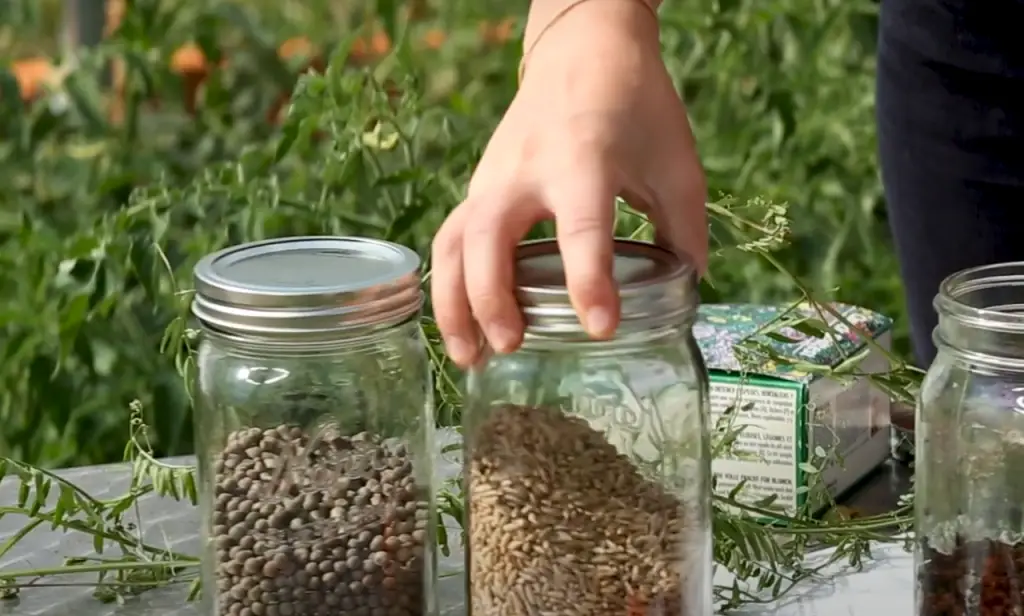
And finally, don’t forget to give your plants a good watering before the first frost hits. This will help them survive the winter drought and prevent them from drying out completely. Once everything is in place, sit back and enjoy watching your garden bed transform into a beautiful winter oasis![1]
General Repairs and Freeze Prep
If your garden beds are in need of some general repairs, winter is the time to do them. This way, you can start the new growing season with a clean slate.
To prepare your garden beds for freezing temperatures, you’ll want to take a few steps. First, remove all dead plants and debris from the bed. Then, add a layer of organic material like compost or mulch. This will help insulate the soil and roots from the cold. Finally, water the bed well so that the soil is moist but not soggy.[2]
Plant Winter Crops and Overwintering Vegetables
One of the best ways to winterize garden beds is to plant winter crops and overwintering vegetables.
Some examples of winter crops include kale, Brussels sprouts, cabbage, and carrots. Overwintering vegetables are plants that are planted in the fall and survive the winter months by going dormant. Examples of overwintering vegetables include garlic, onions, shallots, and potatoes.When planting winter crops and overwintering vegetables, it’s important to choose varieties that are well-suited for your area’s climate. You can consult with your local nursery or Extension office for recommendations on which plants to grow.
It’s also important to give your plants a head start by planting them in the garden bed early. This will give them time to establish roots before the cold weather sets in. In most cases, you should plant winter crops and overwintering vegetables six to eight weeks before the first frost date in your area.[3]
Plan for Leaf Removal and Snow Removal in Raised Bed Area During Winter
If you live in an area with regular snowfall, you will want to plan for leaf removal and snow removal in your raised bed area during winter. This is especially important if you have garden beds that are close to walkways or other areas where people may be walking. Snow and leaves can easily cover up garden beds and make them difficult to find. If you have a lot of snowfall, you may even want to consider hiring a professional snow removal company to clear your raised bed area for you.
Another option for clearing snow from raised bed gardens is to use a snow blower. This is a great option if you have a large amount of snowfall. Just be sure to follow the manufacturer’s instructions carefully so that you do not damage your raised bed garden.[2]
Drain the irrigation water
If your garden has an irrigation system, it’s important to drain the water lines before winter sets in. This will help prevent the pipes from freezing and bursting. You can do this by turning off the water at the main valve and then opening all of the taps in the system to allow any remaining water to drain out. Once the lines are empty, be sure to close all of the taps.

If you have any hoses attached to your outdoor faucets, it’s also a good idea to disconnect them and store them indoors for the winter. This will help prevent them from freezing and cracking.[4]
Clean your tools
One of the most important things you can do to winterize your garden beds is to clean your tools. This includes rakes, hoes, shovels, and any other equipment you use in the garden. By cleaning your tools, you will remove any dirt or debris that could potentially harm your plants.
You should also sharpen your tools before storing them for the winter. This will help to keep them in good condition and prevent them from rusting.[4]
Give your plants a good watering
Give your plants a good watering before the first frost. This will help them survive the winter drought and prevent them from drying out completely. Once everything is in place, sit back and enjoy watching your garden bed transform into a beautiful winter oasis!
It’s also a good idea to mulch your garden beds before the cold weather sets in. This will insulate the soil and protect the roots of your plants from the freezing temperatures.
How To Winterize Planter Boxes?
If you live in an area with harsh winters, it’s important to take measures to protect your garden from the cold weather. One way to do this is by winterizing your planter boxes. Winterizing helps to insulate the soil and root system of plants, keeping them warm and protected from frost damage.
There are a few different ways that you can winterize your planter boxes. One option is to add a layer of mulch to the top of the soil. This will help to keep the roots warm and moist. You can also cover the planter box with a piece of burlap or landscape fabric. This will provide an extra layer of protection from the cold temperatures.
Another option for winterizing your planter boxes is to fill them with straw. This will help to insulate the soil and keep the roots warm. You can also add a layer of mulch on top of the straw for extra protection.
Whatever method you choose, make sure that you do not cover the drainage holes in the bottom of the planter box. These need to be left open so that water can drain out of the box and avoid root rot.
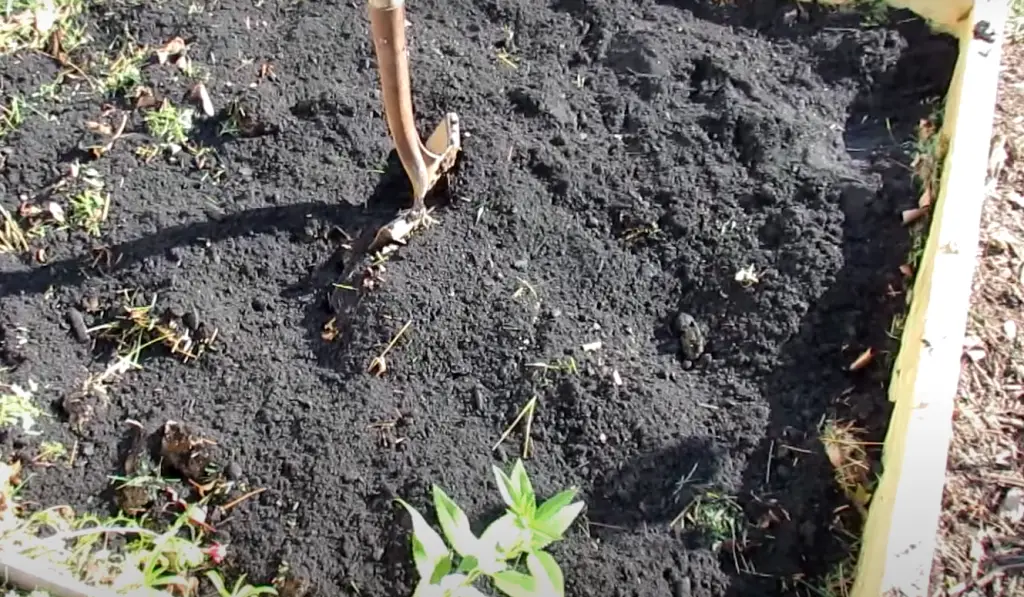
Winterizing your planter boxes is a simple way to protect your plants from cold weather damage. By taking these measures, you’ll be able to enjoy your garden all year long!
How To Improve Garden Soil Over The Winter?
One of the best things you can do for your garden beds over the winter is to improve the quality of your soil. This will help ensure that your plants are healthy and vigorous when they start growing again in the spring. There are a few different ways you can improve your soil over the winter:
- Add organic matter: One of the best ways to improve your soil is to add organic matter to it. This can be done by adding compost, leaves, or other organic materials.
- Amend the pH: Another way to improve your soil is to amend the pH. This can be done by adding lime or other amendments to make it more alkaline or acidic, depending on what your plants need.
- Aerate: Aerating your soil will help improve drainage and aeration, which is important for plant health. This can be done with a garden fork or by using an aerator.
All of these methods will help improve the quality of your soil and make it more fertile. This will in turn lead to healthier plants that are more resistant to pests and diseases.[3]
Do I Need To Cover My Raised Garden Bed?
This is a common question with no easy answer. If you live in an area with harsh winters, it’s probably a good idea to cover your raised garden bed. This will protect your plants from the cold and prevent them from dying. However, if you live in an area with mild winters, you may not need to cover your raised garden bed.
There are a few things to consider when deciding whether or not to cover your raised garden bed. First, what type of plants do you have? If you have delicate plants that can’t handle the cold, it’s probably best to cover them. Second, how big is your raised garden bed? A small raised garden bed might not need to be covered because the heat from the sun will be enough to keep the plants warm. But a large raised garden bed will need to be covered because it will lose heat more quickly.
Finally, you should consider the type of material your raised garden bed is made out of. If it’s made out of metal or plastic, it will conduct heat more quickly and will need to be covered. But if it’s made out of wood, it won’t lose heat as quickly and might not need to be covered.[3]
How to cover the garden with plastic for the winter?
The most common way to winterize garden beds is by covering them with plastic. This helps to protect the plants from the cold weather and keeps the soil moist. You can either buy pre-made covers or make your own out of old sheets or tarps. Be sure to secure the edges of the cover so that it doesn’t blow away in the wind.
If you’re using plastic to cover your garden bed, be sure to remove it in the spring so that your plants can get some air and sunlight. Otherwise, they may become stunted or even die.
Another option for covering garden beds is using straw or hay. This is a more natural way to insulate the bed and it will eventually decompose and add nutrients to the soil. Be sure to remove the straw in the spring so that your plants can get some air and sunlight. Otherwise, they may become stunted or even die.
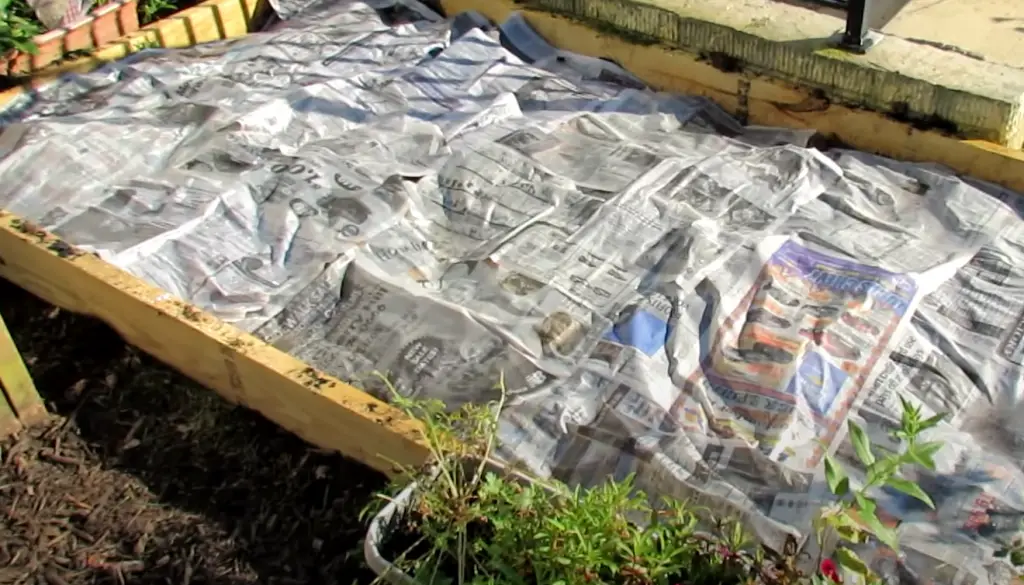
One last thing to keep in mind when winterizing garden beds is watering. The roots of your plants will still need water, even if they’re dormant. Be sure to check on your garden bed every few weeks and water it if necessary. If you live in an area with a lot of snow, you may not need to water as often since the snow will provide some moisture.[3]
Overwintering Plants Indoors
Winterizing Plants In Pots
If you have plants that are in pots, you will need to take some extra steps to make sure they are protected from the cold weather. First, bring them inside to a garage or shed if possible. If you can’t do this, then wrap the pots in bubble wrap or burlap. This will insulate them and help protect the roots from the cold.
Next, water your plants well before the first frost. This will help them survive the winter months. Be sure to check on them periodically throughout the winter and water as needed.
Finally, fertilize your plants in early spring to help them recover from the winter and get ready for a new growing season.[5]
Winterizing Flower Bulbs
One of the most common questions I get asked is how to winterize flower bulbs. While the process is pretty simple, there are a few things you need to do to make sure your bulbs survive the winter.
First, you need to dig up your bulbs before the first frost.
I like to put mine in a paper bag and store them in my basement.Once all of your bulbs are dug up and stored, you need to insulate your garden bed. This can be done by covering the bed with straw or leaves. You want to make sure the bed is completely covered so that no frost can get to the roots of your plants.[5]
How To Winterize Your Yard
Fall Lawn Care Tips
As the temperatures start to cool down and the leaves begin to change color, it’s time to start thinking about winterizing your yard. Winterization is the process of preparing your lawn and garden for the cold weather ahead. By taking some simple steps now, you can ensure that your yard looks great all season long.
One of the most important things you can do to winterize your yard is to aerate your lawn. Aeration helps improve drainage and prevents puddles from forming on your lawn after a rainstorm. It also allows oxygen and nutrients to reach the roots of your grass, which helps promote a healthy lawn. You should aerate your lawn once every two weeks starting in early October and continuing through mid-November.
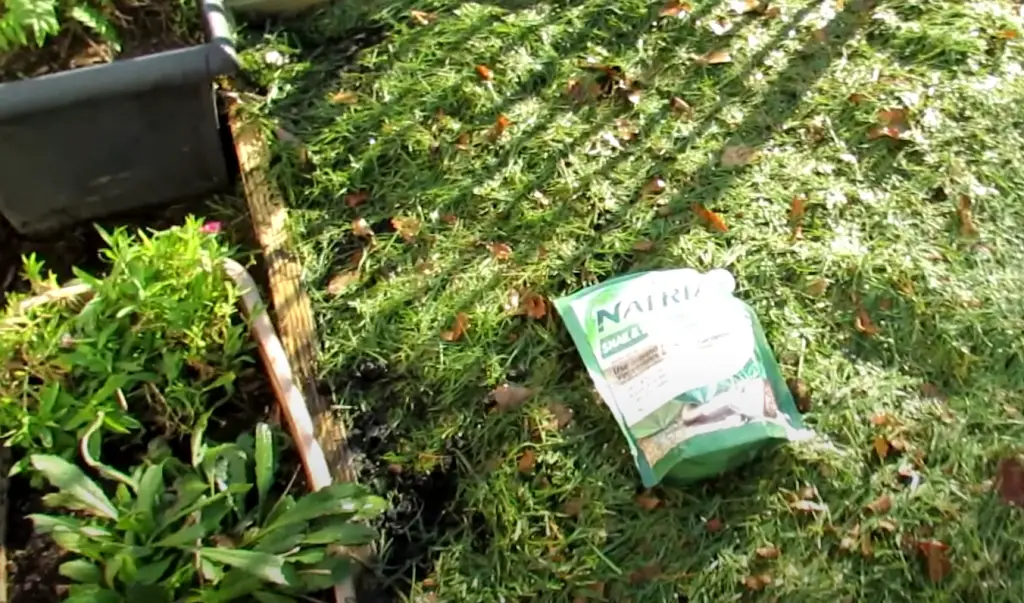
It’s also important to fertilize your lawn in the fall. Fertilizing helps your lawn recover from the summer heat and provides the nutrients it needs to stay green and healthy throughout the winter. The best time to fertilize your lawn is in late September or early October.
Another important step in winterizing your yard is to remove all debris, such as leaves and twigs. Debris can harbor diseases and pests that can harm your plants. Be sure to rake up all leaves and dispose of them properly. You should also prune any dead or dying branches from trees and shrubs.[5]
Winterizing Garden Furniture
If you have any garden furniture, it’s important to winterize it as well. Garden furniture is often made of metal or wood, which can both suffer in the cold weather. Metal garden furniture can rust, while wood garden furniture can rot. To prevent this from happening, you should clean and store your garden furniture indoors during the winter months.
This will help protect it from the elements and keep it in good condition for next year.[5]Winterizing Water Features & Irrigation Systems
If you have a water feature in your garden, such as a pond or fountain, it’s important to winterize it before the cold weather sets in. Drain the water from the feature and remove any aquatic plants. If you have an irrigation system, winterize it by draining the pipes and turning off the water supply.
FAQ
When should I begin to winterize my garden?
The best time to begin winterizing your garden is in the fall, before the first frost. This will give you plenty of time to prepare your garden for the cold weather and ensure that it is protected from the elements.
If you live in an area with a mild climate, you may be able to get away with starting to winterize your garden a little later in the season. However, it is always better to err on the side of caution and start early.
How long does it take to winterize a garden?
It usually takes around 30 minutes to an hour to winterize a garden, depending on the size of the garden.
Do I need to winterize my garden every year?
The answer to this question depends on your location and climate. If you live in an area with harsh winters, it’s important to take extra measures to protect your garden beds from the cold weather. However, if you live in a more temperate climate, you may not need to winterize your garden beds every year.
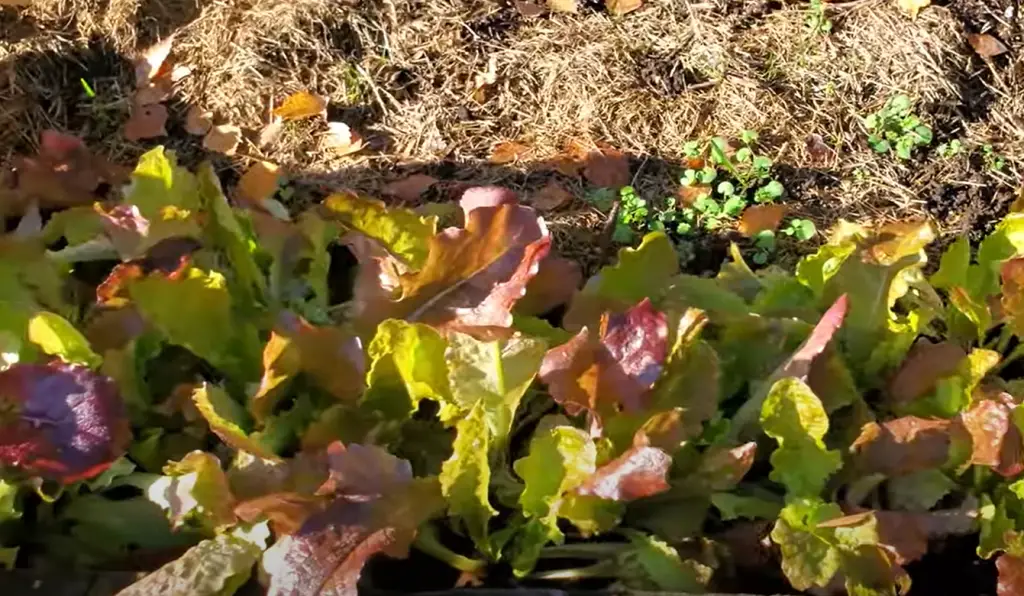
There are a few things you can do to assess whether or not your garden needs to be winterized:
- Check the average temperatures for your area during the winter months. If the temperatures regularly dip below freezing, you’ll need to take steps to insulate your garden beds.
- Look at the forecast for the coming winter. If there is a chance of prolonged periods of below-freezing temperatures, it’s best to err on the side of caution and winterize your garden beds.
- Consider the types of plants you have in your garden. Some plants are more tolerant of cold weather than others. If you have delicate plants that are susceptible to frost damage, you’ll need to take extra care to protect them from the cold.
Should you leave leaves in the garden over winter?
This is a tough question and there are many schools of thought. Some people believe that leaves protect plant roots from the cold weather and prevent soil erosion. Others believe that leaves decompose and add essential nutrients to the soil.
There are pros and cons to both arguments, but ultimately it’s up to you to decide what’s best for your garden. If you live in an area with severe winters, it’s probably best to err on the side of caution and remove the leaves. But if you live in a milder climate, you can probably leave them be.
Another option is to compost your leaves and use them as mulch in springtime. This is a great way to recycle them and give your plants a boost of nutrients at the same time.
If you do decide to remove leaves from your garden, there are a few different ways to do it. You can rake them up and bag them, or you can use a leaf blower to gather them into a pile. Then you can either compost them or dispose of them in your regular trash bin.
Whichever method you choose, just make sure that all the leaves are removed before winter sets in. Otherwise, they could end up smothering your plants and causing problems come springtime.
What happens if you don’t rake leaves before winter?
If you don’t rake leaves before winter, they can kill your grass. The leaves will smother the grass and prevent sunlight from reaching the blades. This can cause the grass to turn brown and die.
To avoid this, rake up any leaves that have fallen on your lawn before winter sets in. You can also use a mulching mower to chop up the leaves and spread them around your garden beds. This will add nutrients to the soil and help insulate the roots of your plants.
How to winterize a vegetable garden?
Winterizing your vegetable garden is a simple but important task to ensure that the vegetables you planted this summer have the best chance of thriving in colder months. Here are some steps to winterize your vegetable garden:
- Remove any plants that did not survive through the season, and clean up any debris in the bed. This will help reduce pest populations over winter.
- Cut back dead or diseased stems and foliage from healthy plants before they can become a source of infection for next year’s crop.
- Cover your beds with a thick layer of mulch such as straw, leaves, or composted manure; this helps insulate the soil and retain moisture throughout the winter months.
- If you have tender plants that need extra protection, consider covering them with cold frames or a floating row cover to protect them from extreme temperatures.
- Spread a layer of fertilizer over the beds and turn it into the topsoil; this will boost nutrients and help give your soil an early start for next season.
- Finally, keep an eye on your garden bed throughout the winter months to identify any signs of pests or diseases so you can address them quickly if needed.
How to improve garden soil over the winter?
Winter is a time to give your garden beds and soil some extra TLC. Applying organic mulch to the top of your garden soil will not only protect it from harsh winter weather, but also add nutrients that feed beneficial microorganisms and reduce the need for fertilizers. Adding compost or well-rotted manure can also help improve the structure of your soil while providing essential nutrients. You can also use cover crops such as winter wheat, rye or oats and turn them into the soil in early spring to provide additional organic matter. Keep in mind that it’s best to avoid walking on wet garden beds during winter months to prevent compaction of the soil, which can lead to poor drainage. Finally, make sure you check the pH balance of your soil and add any necessary amendments to optimize your winter garden beds. With these simple steps, you can keep your soil healthy year round!
What should I add to my garden soil in the fall?
Making sure your garden soil is properly enriched with the right nutrients is key to a healthy, productive winter season. Adding compost or aged manure before winter can help provide essential nourishment and keep your plants happy and healthy throughout the colder months. Additionally, adding inorganic amendments such as lime, sulfur, rock phosphate and other soil conditioners can also be beneficial for helping build up valuable minerals in the soil that will encourage strong root growth once spring time rolls around. Finally, you may want to consider applying mulch to help insulate the soil from temperature extremes during the winter season. The layer of mulch should be approximately 4 inches thick so it can protect sensitive roots from any possible frost damage. Taking these steps in the fall can ensure that your garden soil is well set up for a productive winter and spring season.
Should I cover my raised beds with plastic in winter?
Covering your raised beds with plastic can be beneficial for a few reasons. It helps to keep the soil warmer, allowing plants to grow more quickly once temperatures rise again in spring. Plastic also helps retain moisture and prevents weeds from germinating. Finally, it can provide extra protection against frost, which could damage delicate plants.
If you decide to use plastic to cover your garden beds, ensure that it is UV-stabilized so it doesn’t break down due to exposure to the sun. Additionally, make sure that the plastic extends at least six inches above the surrounding ground level. This will help prevent wind and rain from entering underneath the edges of the plastic and potentially causing flooding or erosion in your garden bed.
How to protect raised garden beds from frost?
If you live in a colder climate, frost can be an issue for your raised garden beds. To protect them from frost, there are several steps you can take.
First and foremost, make sure to use the right mulch for your specific climate zone. Materials like wood chips, pine needles or straw work well at helping insulate the soil in the bed and keep it moist.
You should also cover your beds with plastic sheeting or old blankets once temperatures start to drop below freezing at night. This will help retain heat and prevent chill winds from blowing away any of the warm air that is present around them. Finally, if possible, try to place your beds near a structure like a fence, wall or house. The heat from these structures will help protect the beds from frost.
These steps should help you keep your raised garden beds safe during winter months and ensure that they are ready for planting come spring. With proper preparation, you can enjoy a productive gardening season all year round!
How do I prepare my garden bed for next year?
Preparing your garden for winter hibernation is an important part of ensuring that it will stay healthy and productive over the next season. Here are some tips to help you winterize your garden bed:
- Begin by removing any dead or dying plants from the bed, as well as weeds. This helps promote a clean, healthy environment for your future plants.
- Apply a layer of compost on top of the soil in order to feed beneficial microbes and help preserve organic matter in the soil.
- Cover any exposed soil with a thick layer of mulch, such as straw or composted leaves. This helps maintain moisture levels and protect plant roots from frost damage during cold weather months.
- Prune away any damaged or diseased branches from trees and shrubs to help promote healthy growth.
- Consider planting some cover crops, such as alfalfa or clover, in the garden bed over the winter months. This will nourish the soil and prevent weeds from taking over.
- Lastly, be sure to give your plants a good watering before the cold weather hits to ensure that they have enough moisture throughout the winter months.
What do you do with garden beds at the end of season?
Winterizing your garden beds is an important part of the gardening process. It helps preserve the soil, reduce pests and diseases, and give you a head start in the spring.
To winterize your garden beds:
- Remove debris – old plants, weeds and dead leaves should be cleared away before covering.
- Till or loosen the soil – this will help with water drainage during freezing temperatures and make it easier to work in the spring.
- Add organic matter – adding compost or other organic matter to the soil helps keep nutrients available over winter and should improve soil structure in the spring.
- Cover with mulch or other material – having a layer of mulch on top of garden beds can insulate them from freezing temperatures and help keep weeds down.
- Water – make sure the soil is dampened before covering to encourage beneficial organisms that can break down organic matter in the soil.
- Protect with a barrier – if you are expecting a harsh winter, use landscape fabric or plastic sheeting over garden beds as an additional layer of protection against cold weather.
- Remove cover in springtime – when temperatures start warming up, it’s time to remove your cover so plants can start growing again.
What is a good winter cover crop for a vegetable garden?
A great winter cover crop for a vegetable garden is rye, as it provides excellent protection against cold temperatures. Rye also helps prevent soil erosion and compaction, maintains fertility levels in the soil for improved vegetable production in the following seasons and suppresses weeds. To prepare your garden bed for a winter cover crop of rye:
- Clear away any remaining plants from the vegetable garden space by removing weeds, vines and dead leaves.
- Till or turn over the surface of the soil to create good moisture retention through winter months and help with aeration, which prepares the soil for planting in springtime.
- Broadcast a layer of rye seed over the bed according to package directions (usually around 3-5 pounds per 1,000 square feet).
- Incorporate the seed into the soil by raking and lightly hoeing it in, or wait until precipitation moves the seeds further down into the ground.
- Water lightly to ensure good germination of rye seeds.
- Keep an eye on moisture levels throughout winter months and water as needed, especially during dry spells.
- In early spring, kill off the rye crop before planting your vegetables with a herbicide or tilling it under for composting purposes. This allows for ample time for decomposition to take place and avoids any vegetable plant competition from remaining rye plants when they start growing in early springtime.
Useful Video: How to Winterize Garden Beds
Conclusion
With a little bit of planning and preparation, you can winterize your garden beds and protect your plants from the cold weather. By following the tips in this article, you can ensure that your plants will stay healthy and thrive all winter long. So, what are you waiting for? Get started today!
If you have any questions about how to winterize garden beds, or if you have any tips of your own to share, please leave a comment below. I would love to hear from you! Thanks for reading!
References:
- https://gardeninminutes.com/winterize-your-garden-3-how-to-tips/
- https://www.homefortheharvest.com/winterizing-raised-garden-beds/
- https://healthiersteps.com/winterizing-raised-garden-beds-an-ultimate-guide/
- https://www.lawnstarter.com/blog/landscaping/how-to-winterize-a-garden/
- https://getbusygardening.com/winterizing-garden/





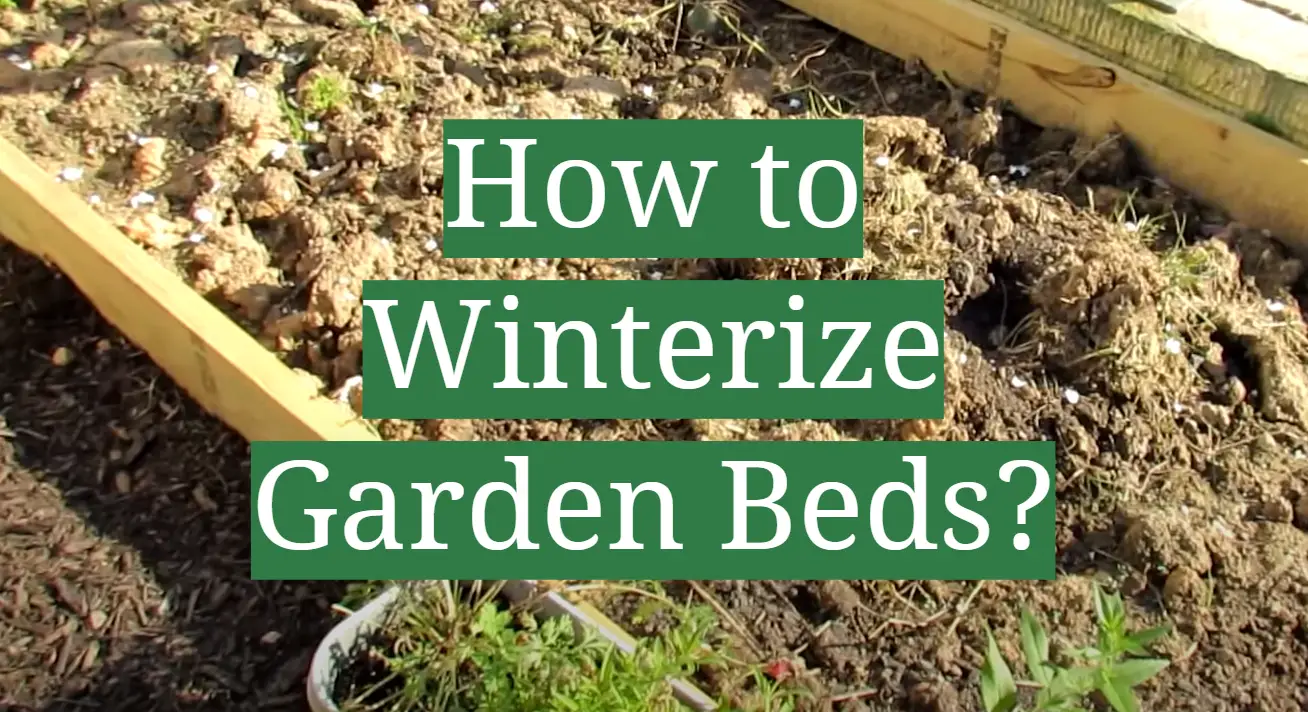




Leave a Reply
View Comments